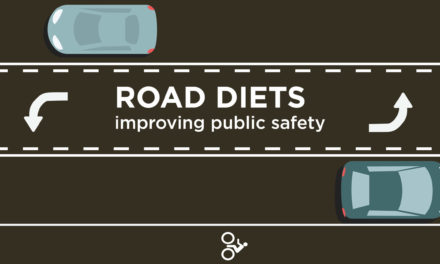From Atlantic Cities:
For years, many transportation experts thought the success of a city’s transit system depended directly on the strength of its central business district. Surveys supported this idea (one from 1988 showed that four in five “choice” riders worked downtown) and it’s still considered the traditional view. So as cities began to decentralize and transit ridership began to decline, it was only natural to see the former as the cause of the latter.
Today that traditional view is giving way to a more nuanced idea of how commuters use public transportation. Recently some metro areas have adopted multi-destination transit systems — traversing a number of job centers instead of only the central business district — and seen ridership increase. The fact that rail and bus systems can attract new riders in decentralized cities suggests that factors other than CBD strength may be critical to successful transit.
In the latest issue of the Journal of Public Transportation, a research duo led by Jeffrey Brown of Florida State provide some of the most persuasive evidence yet that transit ridership is not inextricably linked to a city’s business core. The researchers analyzed all 82 metro areas in the United States with at least half a million people (as of the 2000 Census) and found, widely speaking, “no relationship between the strength of the CBD and transit ridership” [PDF].
The new study addressed weaknesses in previous work by breaking U.S. metros into three groups (all 82 cities, only 43 medium-sized ones, and only 29 small ones), so one outlier city — such as New York — couldn’t dominate the outcome. The researchers also considered a number of variables both outside the control of transit agencies (such as gas prices, unemployment rates, and car ownership) and within it (such as fares and service).
Brown and his colleague measured the strength of a CBD by its share of employment. (In 2000, the weakest core was Greenville, South Carolina, with less than 1 percent of metro employment, and the strongest was New Orleans, with nearly 11 percent.) They measured transit ridership by its share of commuters. (Transit in McAllen, Texas, had the lowest share, at .32 percent, and New York had the highest, at nearly 25 percent.)
For the full group of 82 metro areas, the analysis showed no statistical relationship between central business districts and transit commute shares, when all other variables were considered. Four other variables did have a significant link with ridership: service frequency, service coverage, car ownership, and unemployment. (The importance of coverage and car ownership confirm other recent work that focused on major rail systems.)
These results were echoed in the medium and small city groups — with the exception of unemployment rate, which didn’t register as significant.
The new research may go against the old collective wisdom, but it still makes a good deal of sense. Transit agencies should expect ridership to increase as service improves or networks expand. Meanwhile cities should expect ridership to suffer when people own more cars or have fewer jobs. On balance that’s pretty encouraging news: some ridership factors will always fall outside a transit agency’s control, but the ones that fall squarely inside it are powerful too.




